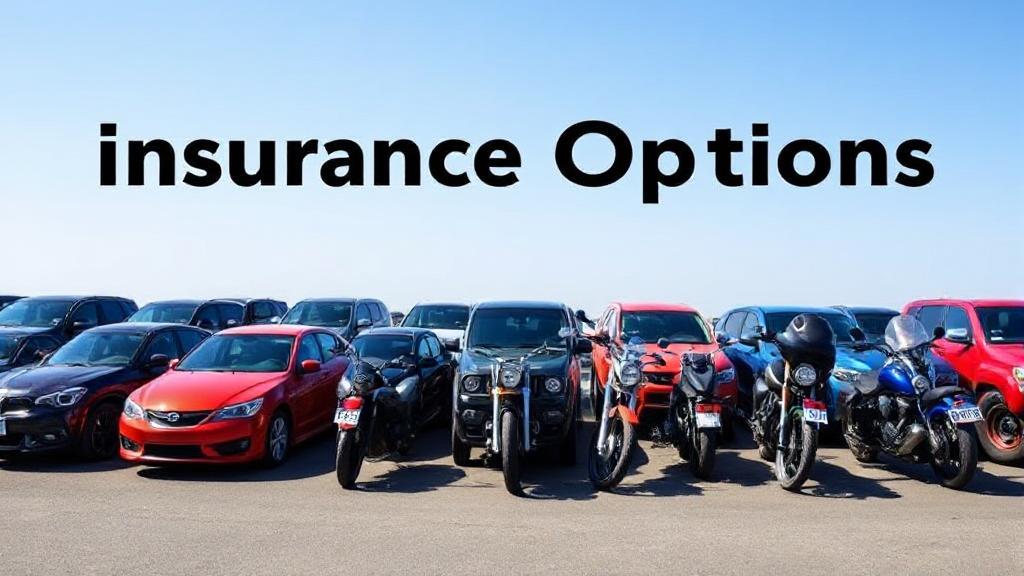Understanding Vehicle Insurance Basics
Before selecting insurance coverage, it's crucial to understand the fundamental types of protection available:
- Liability Insurance: Covers damages to others or their property in accidents you cause
- Collision Insurance: Pays for damage to your car from accidents
- Comprehensive Insurance: Protects against theft, vandalism, natural disasters, and non-collision incidents
- Personal Injury Protection (PIP): Covers medical expenses regardless of fault
- Uninsured/Underinsured Motorist Coverage: Protection against drivers lacking adequate insurance
Key Factors to Consider 🚗
Your Vehicle and Driving Profile
- Age and Value: Older vehicles may not need comprehensive coverage
- Usage: Consider higher limits for frequent or long-distance driving
- Annual Mileage: Affects premium rates
- Geographic Location: Some areas have higher accident or theft rates
- Driving Record: Clean records often qualify for discounts
Financial Considerations 💰
- Premiums vs. Deductibles: Higher deductibles lower premiums but increase out-of-pocket costs
- State Requirements: Check your state's minimum insurance requirements
- Budget: Balance adequate coverage with affordable monthly payments
Cost-Saving Strategies
- Bundle Your Policies: Combine auto insurance with other coverage
- Usage-Based Insurance: Programs like Progressive's Snapshot or Allstate's Drivewise
- Ask About Discounts: Safe driving, good student, or military service
- Compare Multiple Quotes: Use tools like Insurance.com and NerdWallet
Choosing Coverage Levels
When to Choose Minimum Coverage
- Vehicle is older and paid off
- Substantial savings for repairs
- Infrequent driving
When to Choose Full Coverage
- New or leased vehicle
- Financed car
- Limited savings for replacement
Comparing Insurance Providers
Consider these factors when evaluating companies:
- Customer Service: Check J.D. Power ratings
- Financial Stability: Review A.M. Best ratings
- Claims Process: Look for efficient, straightforward procedures
- Coverage Options: Ensure they meet your needs
Pro Tip: While state minimums are available, they often don't provide adequate protection. Consider increasing your liability limits for better security.
Popular Providers
- Geico: Competitive rates and various discounts
- State Farm: Strong customer service and coverage options
- Progressive: Innovative tools like Name Your Price
- Allstate: User-friendly app and discount programs
Final Recommendations
- Evaluate Your Needs thoroughly
- Research Providers and compare quotes
- Read Policy Terms carefully
- Review Coverage Annually
- Consider Professional Advice if needed
Remember, the best insurance isn't always the cheapest – it's the one providing adequate protection for your specific situation while fitting your budget. Safe driving! 🚙💨
For more detailed information, visit Consumer Reports.
